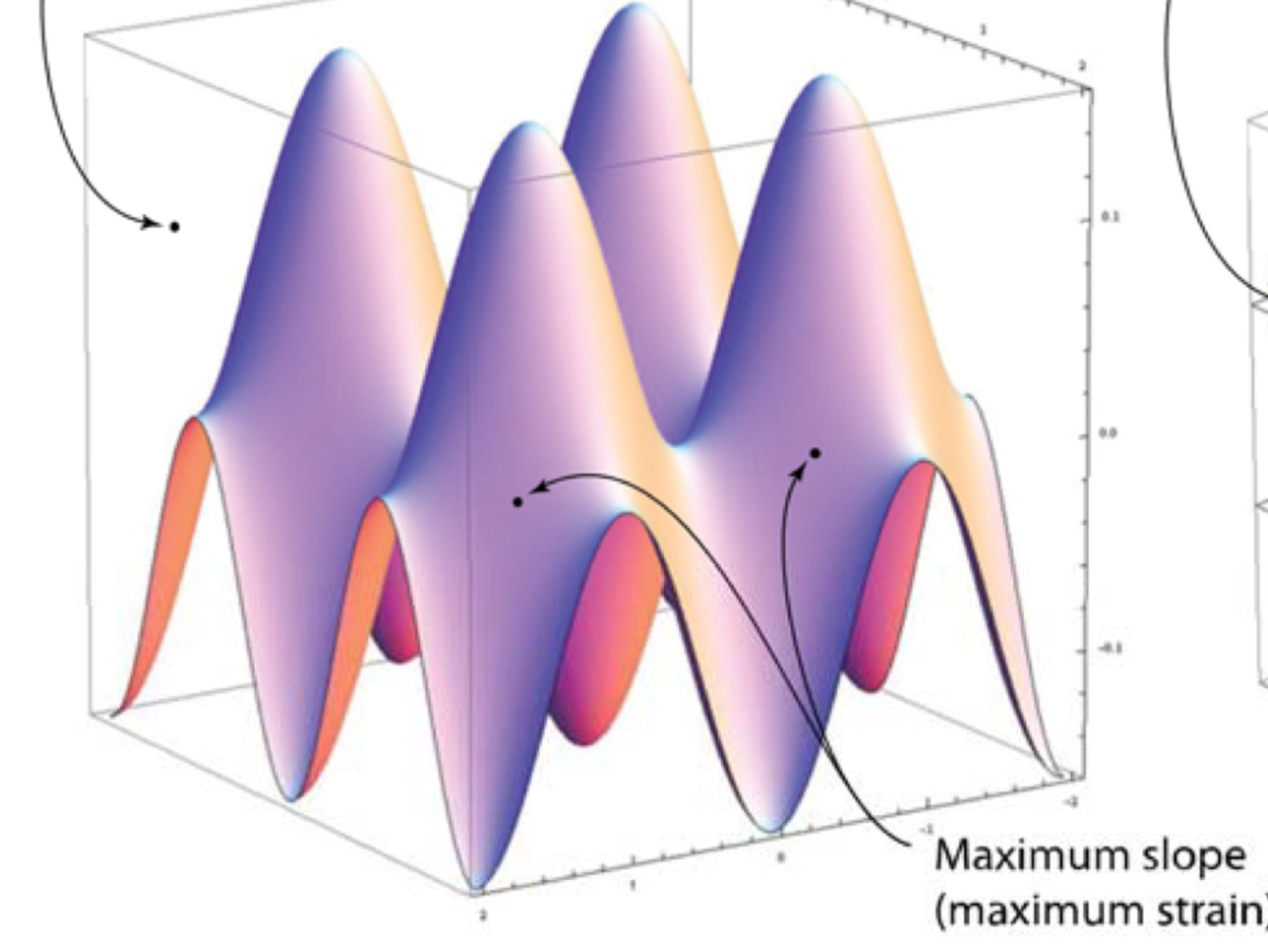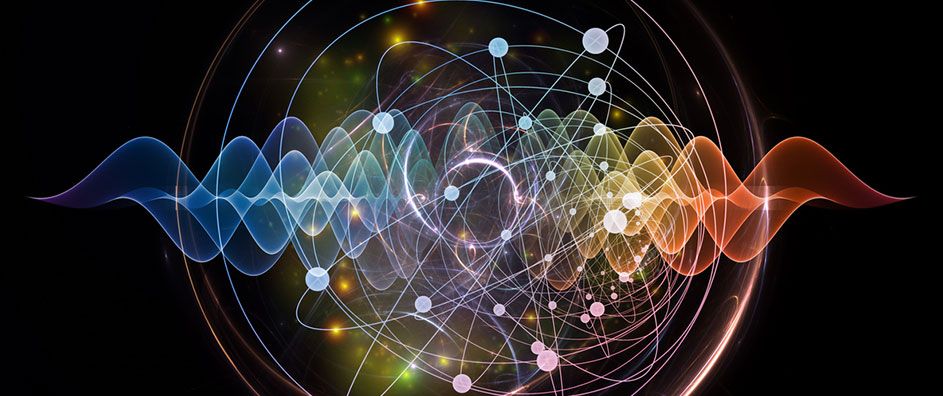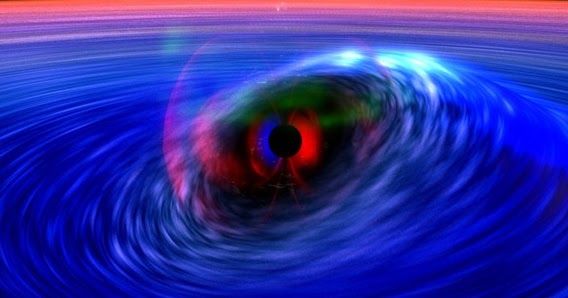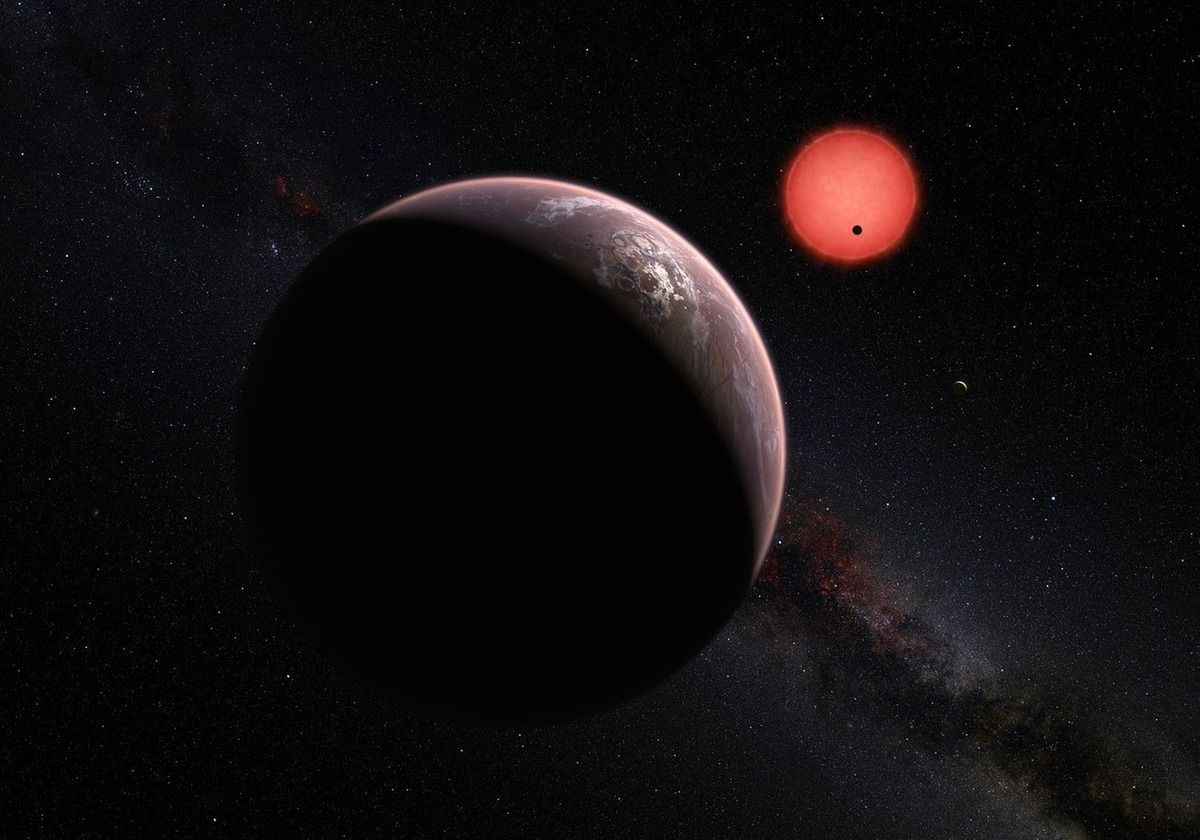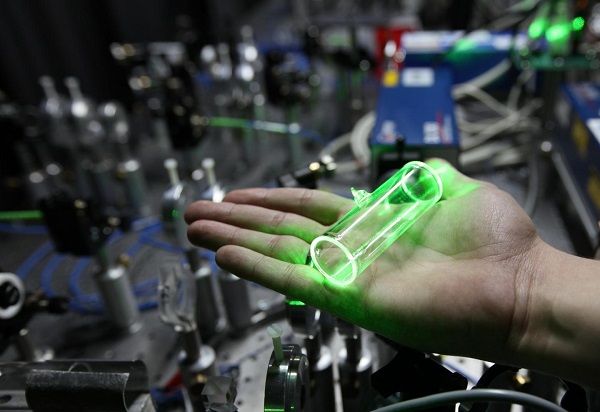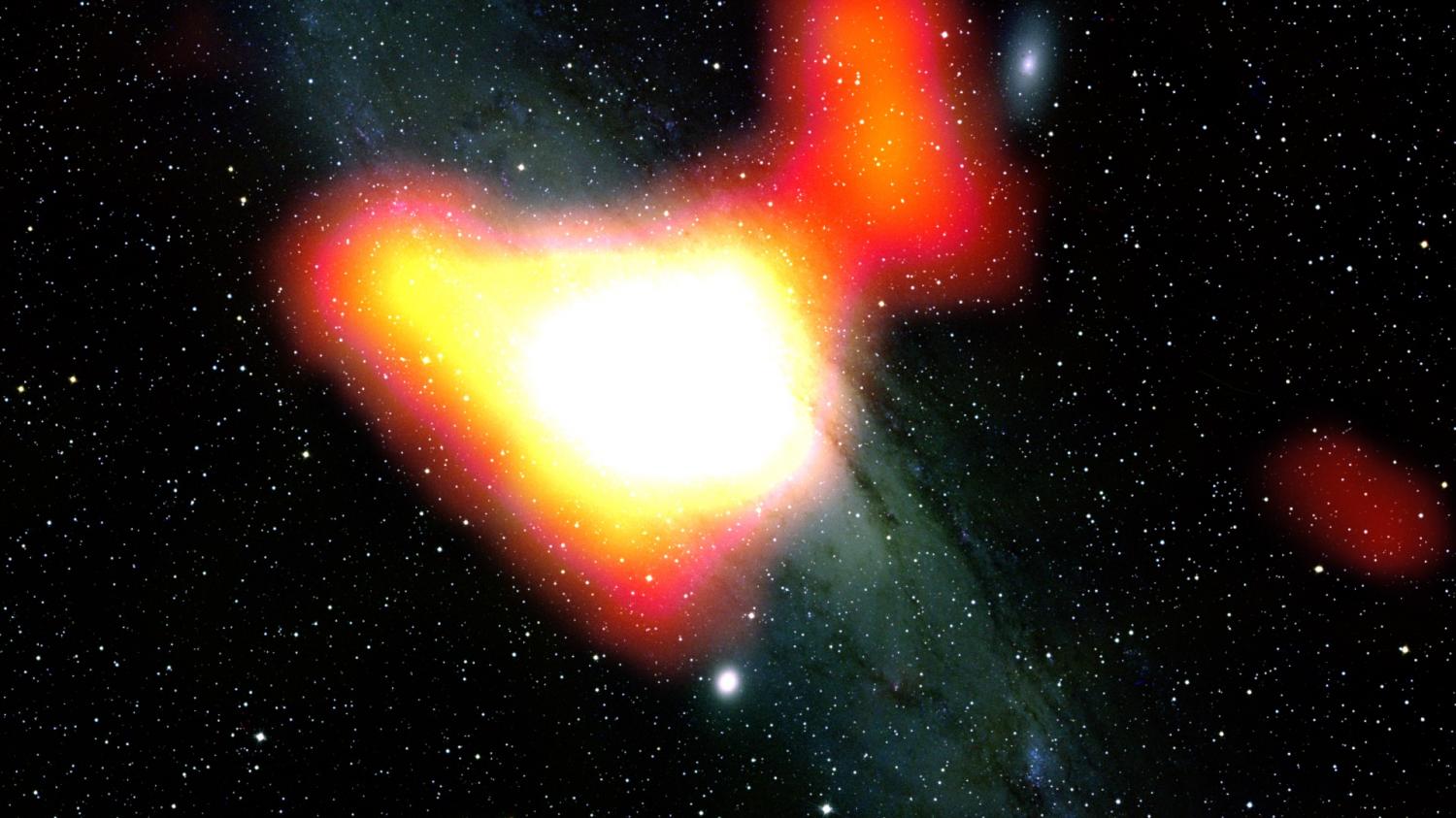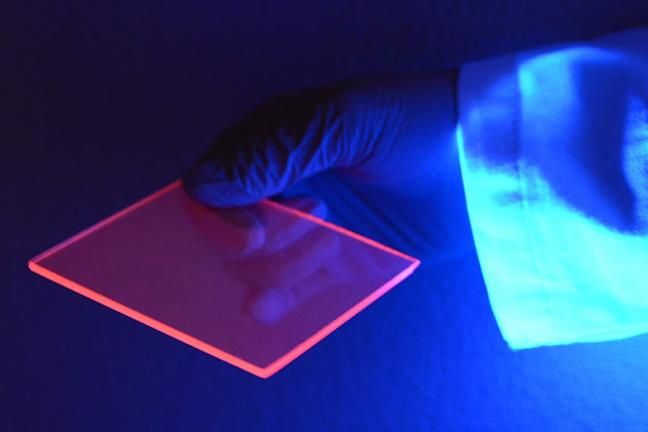Feb 26, 2017
Resolution Of Largest Numerical Discrepancy In All Of Physics
Posted by Karen Hurst in categories: information science, particle physics, quantum physics
We can even use a vacuum to explain how Quantum is in all things while solving one of the remaining discrepancies in physics.

In the observable universe, number of particles are estimated to be 1080 and if there were some discrepancy in Physics with the explanations of the observable universe or with its each particle then it should confine to factor 1080. I submit that 1080 is a huge figure that forms if one puts eighty zeros after 1. But if the discrepancy is of the factor 10120 then either it is beyond the total number of particles constituting the universe or the physicists might have gravely erred in their calculations. It might be a freak happening that resulted in such a huge quantity. After all, freaks are also the creations of nature or probably the nature itself has erred here. This discrepancy of 10120 is the largest and worst cosmological confusion which can be abbreviated CC and rightly so for cosmological constant as it is the cosmological constant based on Quantum mechanical model. Quantum mechanical model says, energy density of the vacuum is in the range of 10113 Joules per metre cube whereas General Relativity calculates it in the range of 10^−9 Joule per metre cube. An attempt is made to resolve this discrepancy using Spacetime transformation and gravitational gamma Г. Gravitational gamma Г is a term that appears in Schwarzschild solution of general relativity equations.
I submit that vacuum is not nothing but is everything and quantum mechanical model of the vacuum has very large energy density. In the words of John Archibald Wheeler, “Empty space is not empty… The density of field fluctuation energy in the vacuum argues that elementary particles represent percentage‐ wise almost completely negligible change in the locally violent conditions that characterise the vacuum.” That means there are violent conditions or fluctuations although vacuum on large scale appears smooth. Spacetime model has the capability of creating matter, forces, fields and particles. In fact, matter even the entire universe is assumed as spacetime as has been explained in my earlier article, “Matter Is No More Than Fluctuations In Vacuum*.”
Continue reading “Resolution Of Largest Numerical Discrepancy In All Of Physics” »
